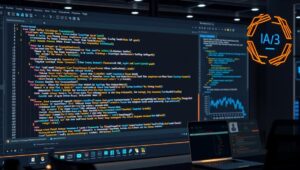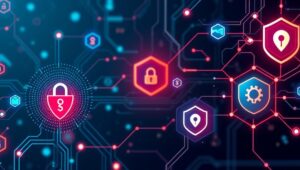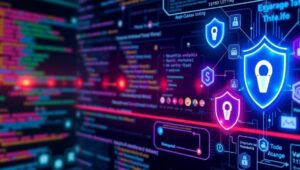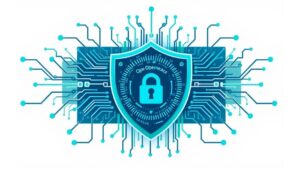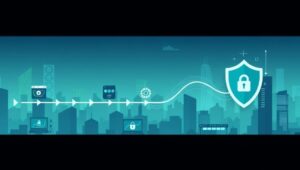May 28, 2025
Remote Development Environments Go Mainstream (2025)
Remote Development Environments Go Mainstream (2025) In 2025, remote development environments (RDEs) are no longer a niche solution but a mainstream necessity for software development teams. This shift has been driven by several factors, including the increasing complexity of development projects, the need for greater collaboration among distributed teams, and the growing emphasis on security and compliance. The Rise of Remote Development Remote development environments have evolved significantly over the past few years. Initially, they were primarily used by individual developers seeking to work from anywhere with a consistent and reliable development setup. However, as teams become more geographically dispersed


